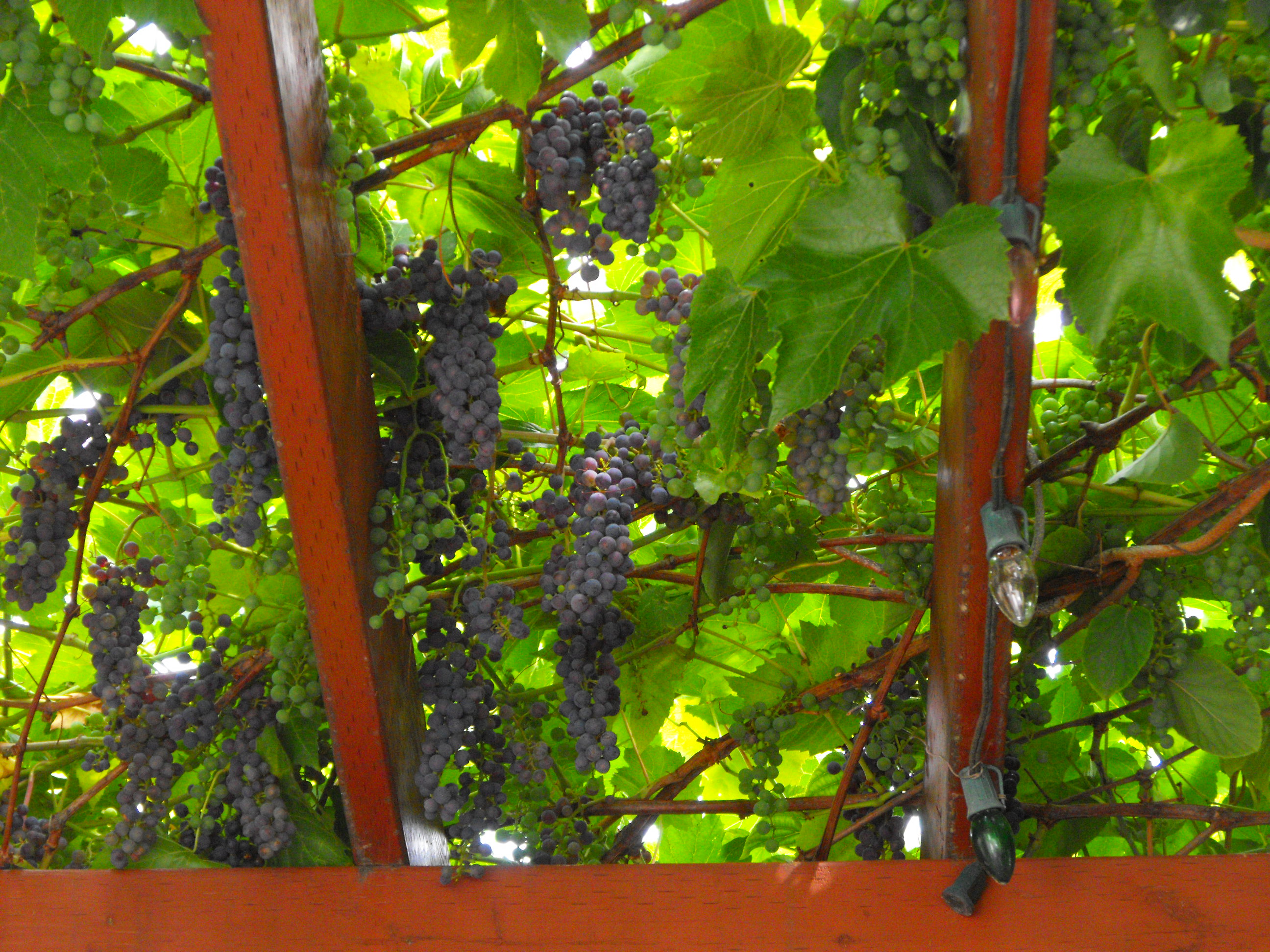

There are many trellis options, but most vineyards utilize a system of one main trunk with two or four main branches that angle off at 90 degrees along heavy-duty wires positioned a few feet above the ground. Aim to create an orderly system of evenly spaced vines that resembles the branches of a tree.

The second purpose for pruning grapes is to encourage the vines to grow a structure that is conducive to harvesting and which conforms to the shape of the trellis the vine is growing on. Expect to remove 70 to 90 percent of the previous year’s growth each winter.Įxpect to remove 70 to 90 percent of the previous year’s growth each winter. The dense growth leads to poor air circulation, which encourages fungal diseases. Left to its own devices, a grapevine grows to a dense mass of mostly older wood with relatively little “fruiting wood” each year. The primary goal of pruning is to maximize the amount of one-year old wood on each grapevine without encouraging the plant to produce so many grape clusters that it lacks the energy and nutrients to fully ripen them. The following spring some of the buds on one-year-old wood will grow flowers (which develop into fruit), while the buds on older wood produce only leaves or shoots. What the heck does that mean? When a bud sprouts in spring and grows into a new shoot within the larger grape plant, the shoot turns from green to brown by the end of the growing season, at which point it is considered one-year old wood. Here’s the secret: grapevines produce fruit on one-year old wood.
#Pruning grape vines full#
Websites and books full of terminology like the “two cane umbrella Kniffen system” or “head-trained, spur-pruned vines” obscure that fact that all grapes respond well to a single basic pruning approach, which can be modified depending on the type of trellis used or the specific goals of an advanced grower. Once you understand a few basic principles, the annual chore of grape pruning is a simple, straightforward affair. It’s easier to see the structure of the plant without all the leaves in the way, but more importantly, the potential for infection is minimized if you make your cuts this time of year. Whether you’re planting new grapevines or have inherited an overgrown “grapezilla” that you’ve vowed to tackle, it’s important to prune them in winter while they are fully dormant.


 0 kommentar(er)
0 kommentar(er)
